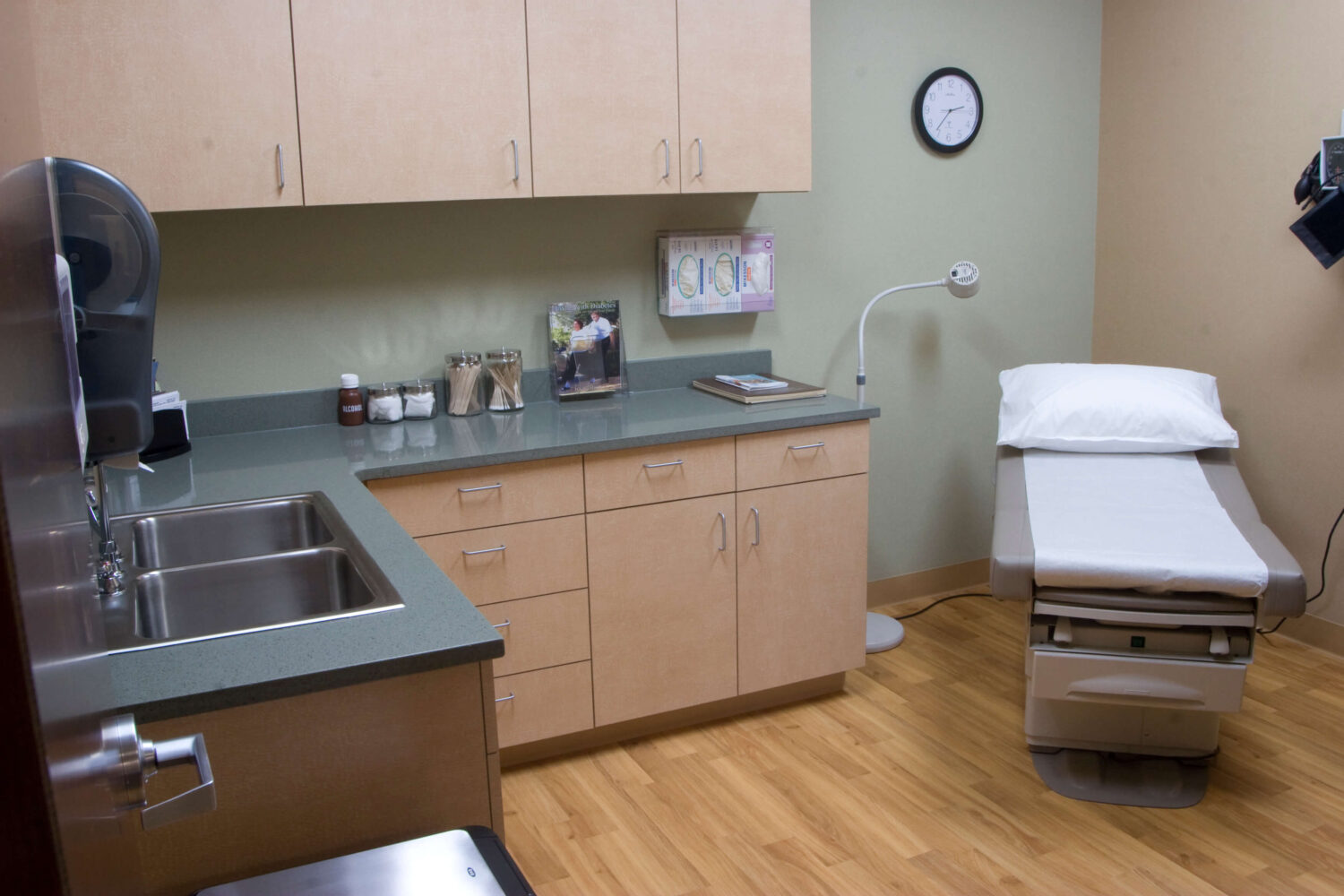
(CNN) — Sexual assault and domestic violence injuries, like bruises, can be challenging to spot on darker-skinned victims under the standard white light found in most exam rooms. New research shows using alternate light sources could help.
Researchers at George Mason University, in partnership with Texas A&M University, analyzed data from more than 31,000 observations of bruised areas on the arm among a diverse sample of skin colors and found that blue or purple light was five times more effective at showing bruises on people with darker skin than white light, the study says.
Katherine Scafide, the study’s lead researcher and an associate professor of nursing at George Mason University, told CNN the fluorescent lighting used in most exam rooms does not help spot bruises on patients with darker skin.
“The issue is that for these types of individuals, unfortunately, if you can’t see the injury, you can’t document it well and then you have less evidence for these victims in court,” Scafide, who also worked as a forensic nurse for several years, told CNN.
During the study, researchers used a paintball gun to create consistent bruises on volunteers and later used an alternate light source — tools that provide light at certain wavelengths — to document evidence of bruising.
Scafide said the equipment is often used by police to look for latent physical evidence, such as blood and fibers at crime scenes, but it is not being used to look at injuries on victims.
Scafide and her team are now developing a set of “evidence-based,” “patient-centered” and “trauma-informed” guidelines for forensic nurses, she said. They hope to finalize them by the end of June.
“My hope is that the equipment will be more widely adopted after the release of the clinical practice guidelines. However, I’m cautious about them being used by law enforcement, unless to encourage victims to seek an exam by a forensic health care provider,” Scafide said.
This isn’t the first time light technology in the medical field has not worked for people with darker skin tones. Separate research suggests that some of the devices that were used often during the early days of the Covid-19 pandemic — forehead thermometers and pulse oximeters, the small devices that clamp onto a finger to monitor oxygen levels in the blood — have been found to not work as well as they should in Black patients.
Nancy La Vigne, director of the National Institute of Justice, said the findings of Scafide’s study are remarkable. The institute, which funded the study, is the agency tasked with research for the Justice Department.
“The fact that our traditional methodologies were developed for people with White skin meant that these nurse practitioners could not detect reported abuse accurately,” La Vigne told CNN. “There is a better methodology out there for women with dark skin pigmentation and we need to distribute it throughout the country so that there’s no excuse to not use the right equipment for the right women.”
The right guidance alongside the right equipment is also key, Nancy Downing, an associate professor at the Center for Excellence in Forensic Nursing at Texas A& M University and co-author of the study, said.
For example, waving the light equipment over someone’s entire body wouldn’t work.
“There are other reasons why people might have absorption under light, including birthmarks and reaction to some topical products, which we found in the study,” Downing told CNN. “It should only be used in combination with a known site of trauma or impact.”
The new findings sparked similar caution from Chris Fabricant, an attorney with the Innocence Project — a group that works to exonerate wrongfully convicted people using DNA testing.
Fabricant, whose work focuses on eyewitness misidentification, the misapplication of forensic sciences and false confessions, told CNN he worries that new methods like the one detailed in the study could confirm a theory during an investigation that isn’t supported by any other evidence.
“My concern is that these (injuries) will be eyeballed by under a ultraviolet light and we’ll confirm a police theory or type of scenario, law enforcement theory or victim’s theory as to what it was or was not that created that injury,” Fabricant said.
All new technology and forensics have great potential to be used correctly but also to be misused, he said.
The-CNN-Wire
™ & © 2023 Cable News Network, Inc., a Warner Bros. Discovery Company. All rights reserved.



